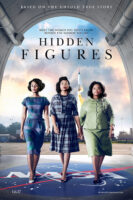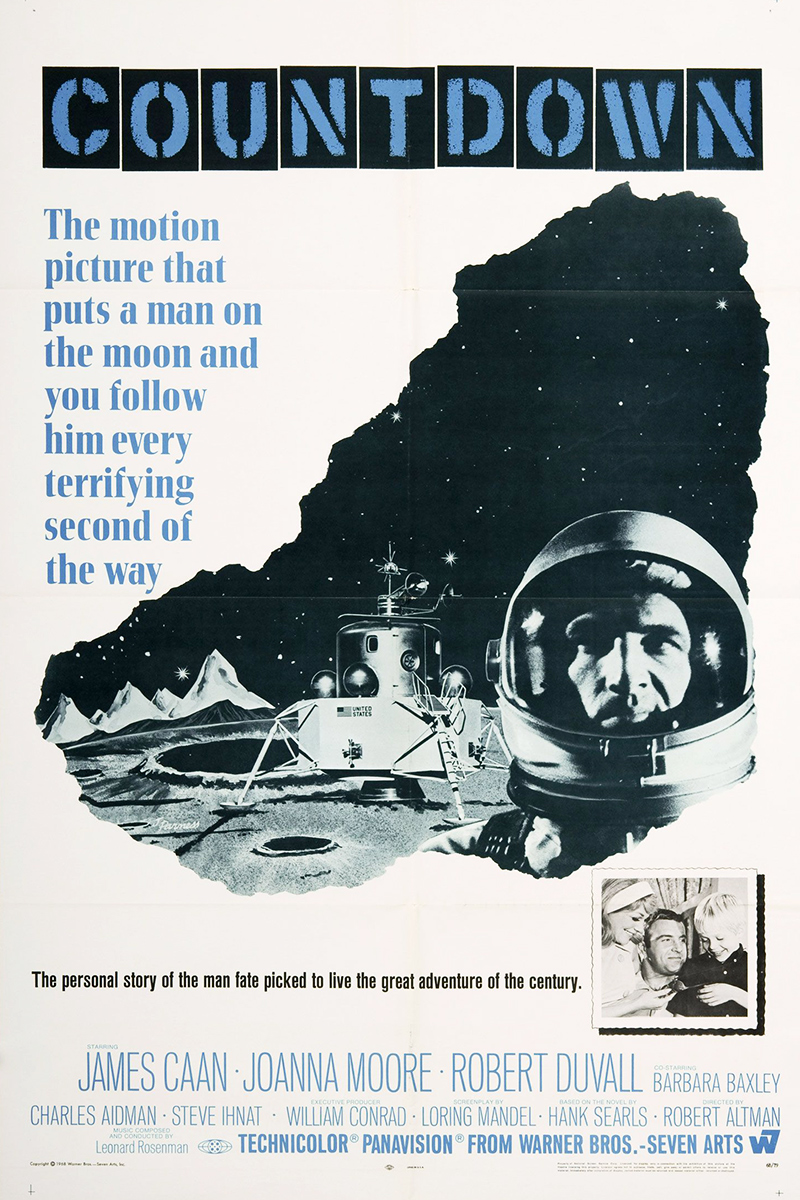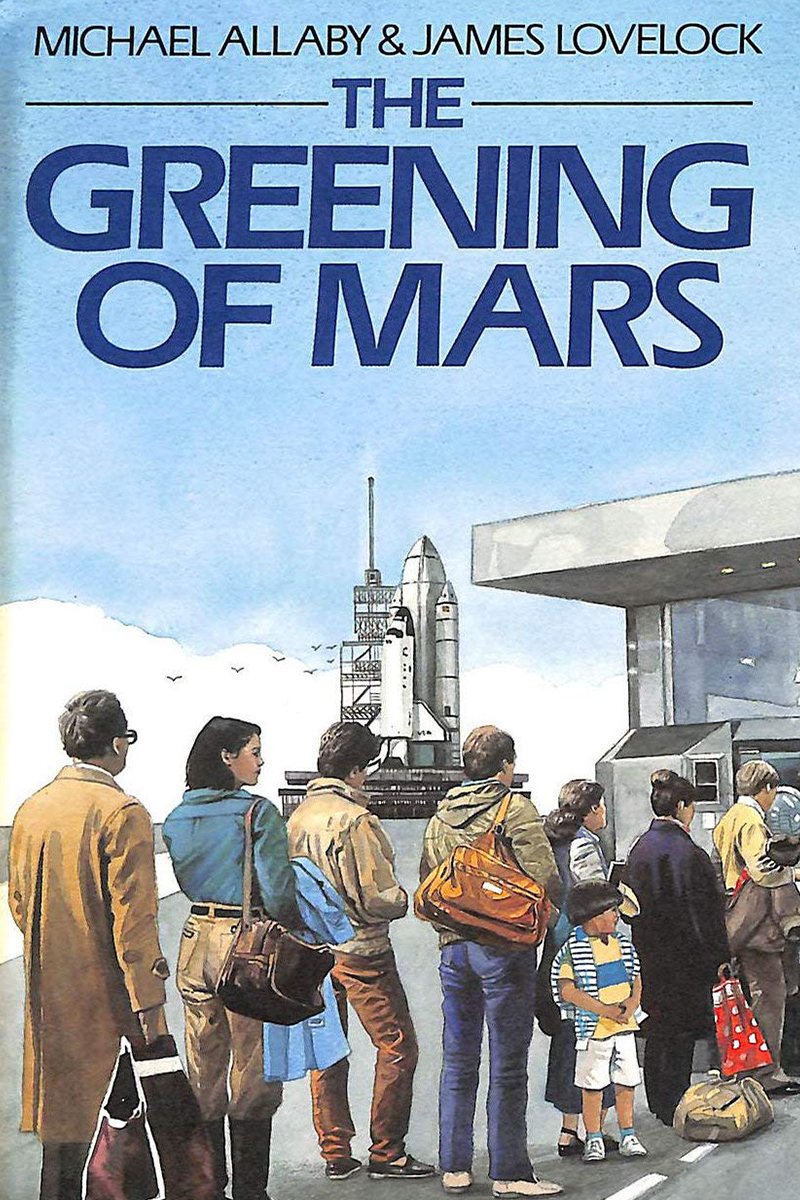The American space program has been tarred as the home of white scientists who didn’t care for anyone who wasn’t white and male. Certainly there were problems in that regard, as there were in American society generally at the time. You had Gil Scott-Heron’s Whitey on the Moon calling the space program a theft from African Americans. This is a strain that has continued; Scott-Heron’s poem was used in the 2018 film First Man, about Neil Armstrong and the Moon landing.
Enter Hidden Figures, the 2016 film about the African American “computers” (as it was a person’s job in those days) Katherine Johnson (Taraji P. Henson), Dorothy Vaughan (Octavia Spencer) and Mary Jackson (Janelle Monáe). Overlooked and forgotten by popular history, this film shines a spotlight on the women who did the math that took John Glenn to space.
The danger of any biopic is that it becomes a hagiography of its subject (or subjects). Hidden Figures doesn’t make this mistake. The three computers are all good people, indisputably, but they are people. They have relationship issues and work-related exhaustion. They enjoy small moments of dance and music. Never at any point does this film turn them into stoic avatars of superhuman virtue.
Opposed to them is not so much open bigotry as the snide, sneering contempt that cloaks itself in professionalism. The white characters who oppose the computers in their fight for respect and responsibility are not hood-wearing klansmen. They believe they have earned their privileged status, and look down on anyone they feel is undeserving.
It’s a clockwork, by-the-book, sometimes unthinking racism, such as when one of the computers is assumed to be a janitor. The film doesn’t present the lack of a bathroom for black women in an important facility as a deliberate act of malice, but rather as a subtle, and arguably more pernicious, form of racism: it never occurred to the designers that black women would ever be there to begin with. (It is also, of course, a condemnation of the fact that they have segregated bathrooms in the first place.) Representing this racism very well are the characters of Paul Stafford (Jim Parsons) and Vivian Mitchell (Kirsten Dunst).
Most controversial is the character of Al Harrison (Kevin Costner), a fictional composite of a number of white administrators. He is a liberal, and more often than not helps out the three computers. He isn’t an outspoken social-justice activist so much as somebody who, to paraphrase Harry Turtledove, doesn’t care what color his tools are painted, so long as they get the job done. He has been called a white savior, attributed as the sole reason the computers succeed.
I think this is a reductive approach to how progress in institutions is made. An institution isn’t a boss fight when confronted internally; persuading people matters. What I saw in Hidden Figures, particularly in the relationship between Katherine Johnson and Al Harrison, was good internal politicking. These women knew how to play to their superiors in just the right way to advance their cause and careers. This did not come off to me as them being saved; it made me think of them as savvy. Social skills matter just as much as technical skills in this sort of setting.
Perhaps my favorite part of the film is how it balances the justice with the technological aspects. I am a mixed-race Filipino American; I know the suffering and injustice nonwhite Americans have had to endure. I don’t agree with Gil Scott-Heron, but I can understand his sentiment. But I am also a lover of science fiction, raised by the optimistic view of technology held by my white father’s collection of midcentury science fiction. I believe strongly in both the equality of all human beings and the benefits of technological progress.
Hidden Figures doesn’t take Scott-Heron’s anti-technology view. Instead, it seeks to tell the full story of something great. It never demonizes the well-meaning white people who launched Mercury-Atlas 6 into space. John Glenn (Glen Powell) isn’t made the emblem of a white supremacist conspiracy in the way a clumsier narrative might have done. Likewise, a Polish Jew who lost his parents during the Holocaust, who sincerely yet inelegantly tries to console Katherine Johnson, is not portrayed as a villain. He benefits from being light-skinned in America, and thereby does not see certain things, but he is still human (and his pain is real).
Hidden Figures makes launching an American into orbit every bit the awe-inspiring achievement it was. It just gives you the parts that other stories have missed. In doing so, it also provides a realistic portrayal of how racism works.
One of my complaints about modern thought on social activism is how bitter it is. Hidden Figures is not. It is deeply humanist. It shows how ridiculous it is to deny competent people participation in great endeavors, and the benefits for all that are reaped when those people get to rise to their potential. It is, in this regard, a triumphant film, one that should endure.






1 Comment
Add YoursHeron made money on Apollo…an example of gov’t that worked. Boeing lost its way due to lack of respect for engineers. Better that he make a Jack Welsh-bashing song